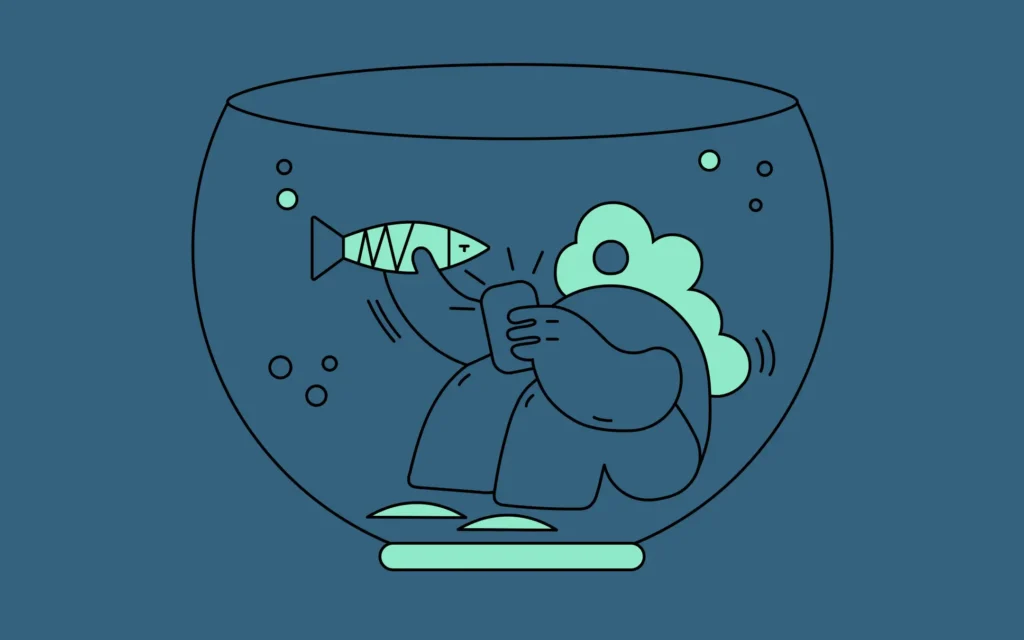The Tales That Bind
The Tales That Bind

It may be hard to find fans of the U.S. military engagements in Iraq and Afghanistan, but we have learned a few things. One is that tourniquets save lives. For a long time they were exiled from emergency medicine, in both military and civilian life, but now we know that they save lives under the right circumstances.
Another surprising life-saving technique is telling stories. When people in military units share a backstory, they trust each other more and do more to keep each other safe and successful. The military tested this in its schools and training camps after learning from researchers that kids who know their family histories tend to be happier and well-adjusted, and remain more loyal to their family members.
Reflecting on this, I suddenly saw Silicon Valley in a whole new light.
It’s packed with young companies full of young people who know the entire history of their whole company. They are living the founding narrative, not having to learn it from videos or dioramas in a corporate headquarters building. They are bound together like the kids in a family who learn from their parents about how grandpa and grandma came from South America, Eastern Europe, or Canada with nothing but a dream.
This is a striking contrast with the blue chip companies that dominated America before Silicon Valley’s rise. Procter and Gamble, Johnson & Johnson, Heinz, John Deere, UPS, GM – it’s a long list. Many of them are near or past their century mark. At most of these companies, few people know the founders’ grandchildren, never mind the founders themselves.
The narratives at these companies are aging, sometimes not so gracefully, in an age of globalization and multiculturalism. Their brands struggle to grow in emerging markets. It’s not so easy anymore to recruit the best and brightest. Investors are getting impatient because the story has become “revenue rose only 7% last quarter.”
Contrast that with the original Silicon Valley backstory, about William Hewlett and David Packard making stuff in a garage. It’s ancient history in the tech industry – yet still fresh enough that there are many thousands of people in Silicon Valley who can say they knew “Bill and Dave” personally. (Packard died in 1996, and Hewlett in 2001.)
People in Silicon Valley still talk about the tract home garage mentality, even if they’re actually working in light-filled loft spaces funded by venture capitalists in wealthy, woodsy towns near San Francisco. The venue has changed, but the story stays strong as ever.
Google and Facebook are babies in the corporate brand world. Everyone knows their stories, not just the people who work there. (If you know that the Winkelvoss twins are called the “Winkelvi,” raise your hand.) This doubles the power of their narratives, because there’s no doubters, only support wherever they look.
This has to be one of the reasons these companies get high market valuations, attract tons of talent, and become essential to our economies and personal lives so quickly and deeply. We all share their narratives. If you’re more than 30, you have lived the entire business stories of Zuckerberg, Page, and Brin. You can remember a time before them if pressed, but why bother? Their story is the story now.
The lesson for all other companies is that your own story better be good. Your competition has stories that inspire the people inside those companies and pull in everyone outside the company into their orbit. If your brand story is not emotive enough to do this, you’re going to play catch-up forever.
Whether it’s investors you want, or customers, or a better cut of recruits, you need a story that pulls them in, binds them to others, and fuses all the hearts and minds into one mission. It works for kids, it works for people fighting for their lives, and it can work for you.






